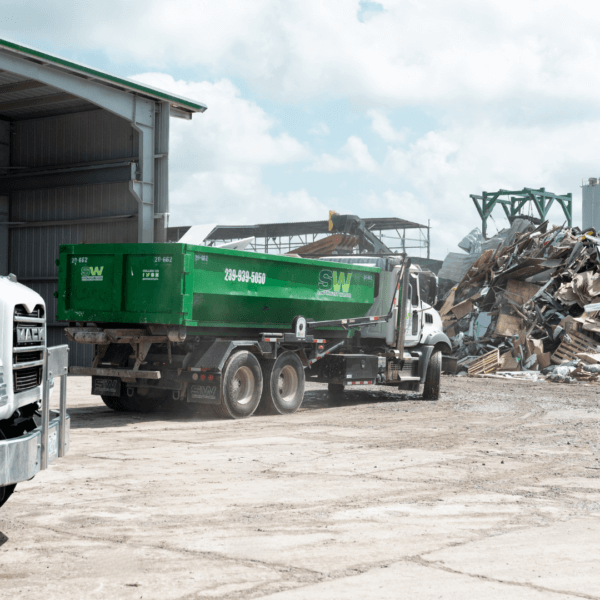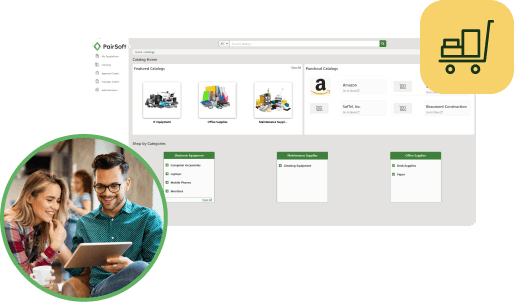Aaron Levie’s
notable tweet that “Uber is a $3.5 billion lesson in building for how the world
should work instead of optimizing for how the world
does work,” was a proclamation of sorts regarding tech’s transformative powers.
Here we are six years later, and while there is little doubt regarding technology’s advancement into the digital age, questions remain as to whether said transformation extends to the procurement professional and general practice.
In other words, to what degree does today’s technology make procurement professionals better at doing their jobs?
Transformation promise by the numbers
One of the biggest challenges of the old ERP-based “e” procurement solutions, and therefore one of the most significant promises of emerging digital platforms, is the limitation of the former’s technology.
As an adjunct bolt-on application to an ERP, processes such as supplier onboarding, the timely availability of meaningful data, as well as an intuitive user interface, were cumbersome. The technology created more work for procurement professionals rather than easing or lessening it.
Perhaps this was one of the reasons for industry speculation that Microsoft was looking to buy SAP as the former’s ubiquitous Office apps such as Excel would serve as the ideal interface for end-users.
All of these limitations, of course, would be addressed with the emergence of the “new” digital technologies. However, and despite the promise, Deloitte’s survey of CPOs globally found that while there may have been some improvement, most executives were disappointed with the results of their digital transformation. The gap between digital promise and realization of said promise remains wide.
The Levie tweet
Even before the COVID-19 pandemic, the recognition of the strategic importance of the global supply chain was evident. The current crisis elevated that importance, and with it, the demand for procurement professionals to become more strategic and less transactional.
To meet this new demand requires the professional to think differently about their jobs, and organizations to think differently about their view of technology.
What the above means is that the procurement professional must expand or extend the parameters of their duties to include new areas of focus and responsibility. The new areas to which we are referring include managing cyber risk in their supply chains to overseeing progressive AP strategies.
Conversely, organizations cannot take a technology-first approach when introducing new digital capabilities to a workforce that is “stuck” in the past. When we say, “stuck in the past,” we are talking about professionals either by choice or mandate doing their jobs based on the way things used to work versus the way things should work.
Technology for people, not people for technology (redux)
In a previous article by Procurement Insight’s Jon Hansen, he discusses the critical differences between a provider who “sees themselves as a technology company offering procurement solutions versus being a procurement company offering technology solutions.”
Ironically, the former leads with people and processes, while the latter focuses on technology first.
The problem leading with technology is that no one pauses to ask whether the organization’s procurement professionals are ready to receive it. As a result, procurement people must adapt to the way the tech works versus the tech adapting to the way they “should be working.”
In this reality, technology’s ability to transform the procurement professional and practice must begin with the transformation of the professional.
While such an approach, i.e., change management, may require more effort, based on the failure of progressive tech to deliver expected results, it is the only way to realize the promise of the digital age.







